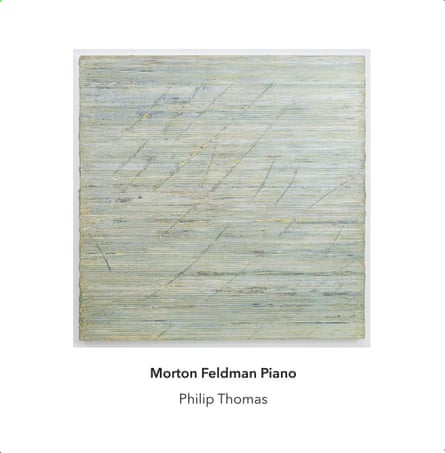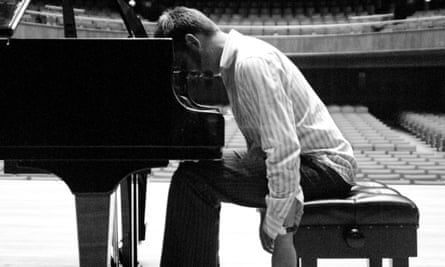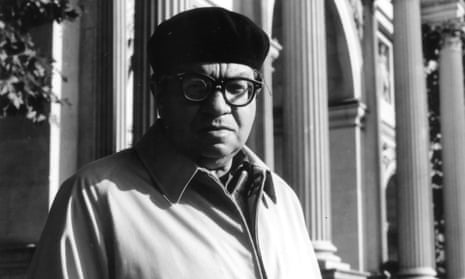Morton Feldman wrote for the piano for most of his composing career, and the 46 pieces included in Philip Thomas’s collection – the most extensive survey of this music to date, including several works recorded for the first time – provide a thread through its changing emphases and stylistic shifts. The earliest here is an untitled piece from 1942, just one minute long and composed when Feldman was 16; the latest is Palais de Mari from 1986, the year before his death.

Thomas has been studying and playing Feldman for a quarter of a century, and his lengthy essay accompanying these discs, in which, as well as the pieces themselves, he discusses different approaches to interpreting this fascinatingly varied music, is an essential addition to the performances. As he points out, recordings of both of the biggest works here, the 90-minute Triadic Memories from 1981, and the hour-long For Bunita Marcus, written four years later, already run into double figures, and he admits to having had doubts about adding to those numbers. But including them as part of a much more comprehensive set made sense, for it enabled him, as he writes, “to find out how one piece rubs against another, where the contrasts and points of contact are.” The pieces that Thomas has omitted, and his reasons for doing so, are clearly explained, too.
What we have here, then, is an authoritative presentation of some of the most important keyboard music of the second half of the 20th century. If the works here from the late 1940s and early 50s reveal the importance of John Cage on Feldman’s music – it’s quite easy to imagine works such as the Illusions of 1949, or the Three Dances from the following year, being played on a prepared piano – then very soon after that Feldman’s personal voice becomes totally recognisable, in its restraint, fastidious voicing and meticulously calculated harmonies, whether the scores are indeterminate, or notated conventionally or graphically.

Between 1964 and 1977, Feldman wrote nothing for solo piano, but the piece with which he broke that silence, baldly titled Piano, is one of the most remarkable in the whole set. Though it is far less well-known than the larger scale works that followed it, Piano seems to exploit every facet of the instrument – its range of tone and touch, harmonics and resonance – more comprehensively than anything else Feldman wrote. It provides a perfect demonstration of Thomas’s mastery and understanding of this music too, alive to every inflection and subtle change of colour, and to every challenge it presents.

Comments (…)
Sign in or create your Guardian account to join the discussion